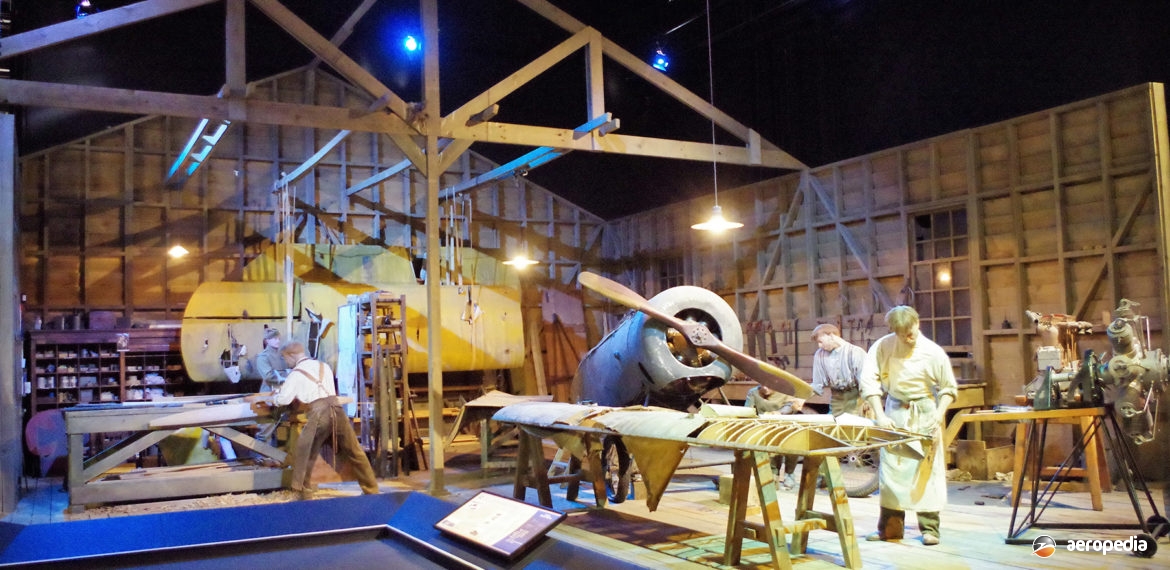Country of origin:
United States of America
Description:
Single-seat scout training biplane
Power Plant:
One 75 kw (100 hp) Gnome Monosoupape nine-cylinder rotary engine
Specifications:
- Wingspan: 9.96 m (32 ft 7 in)
- Length: 7.1 m (23 ft 3 in)
- Height: 2.49 m (8 ft 2 in)
- Wing area: 12.46 m² (134.2 sq ft)
- Never exceed speed: 259 km/h (161 mph)
- Max cruising speed: 222 km/h (138 mph)
- Economical cruising speed: 157 km/h (98 mph)
- Stalling speed: 78 km/h (48 mph)
- Service ceiling: 4,572 m (15,000 ft)
- Fuel capacity: 182 litres (40 imp gals)
- Empty weight: 470 kg (1,036 lb)
- Useful load: 450 kg (992 lb)
- Baggage capacity: 40 kg (88 lb)
- Loaded weight: 920 kg (2,028 lb)
History:
For a period in the 1920s Thomas Morse fighters were the main equipment of the front-line pursuit squadrons of the US Army and US Marine Corps and were produced in large numbers. The Thomas Morse Aircraft Company was formed in 1909 at Hammondsport, New York as the Thomas Brothers Aeroplane Co, the brothers being OW and WT Thomas, both British-born, who emigrated to the United States and commenced employment with Glen Curtiss in 1908. In 1914 the Company moved to Ithaca, New York and later merged with the Morse Chain Company, forming a new corporation in January 1917. Chief designer was B Douglas Thomas, also of English extraction, and was not related to the brothers. He had previously worked with the Sopwith Aviation Company.
The first design to reach production was the S-4, which was a small single-seat open-cockpit biplane of equal span with a 75 kw (100 hp) Gnome rotary engine. The prototype made its first flight in June 1917 flown by Paul Wilson and 12 were supplied to the US Navy. Development continued to the S-4B with an 82 kw (110 hp) Gnome rotary engine with a modified wing and fuselage, and improvements which showed an increase in maximum speed and a better rate of climb. After three prototypes were tested, orders were received for 97 examples for the US Army and 10 for the US Navy. Six more were completed as the S-5 on floats. The S-4 series was considered too slow for war service, was late for World War I, and was used extensively by pursuit flying schools.
The S-4C had the 60 kw (80 hp) Gnome B-9 rotary engine replaced by the 60 kw (80 hp) nine-cylinder Le Rhone C-9 engine after a total of 51 examples was delivered. Later four were supplied to the US Navy on floats and 461 to the Army. It had some changes to the aileron control system and engine, and the addition of provision for a machine gun. The Le Rhone engine was manufactured by the Union Switch & Signal Co of Swissvale, Pennsylvania.
After service many of these aircraft, known as ”Tommies”, were retired to civil flying schools, and many were bought for private sport flying. A number were used in the mid-1930s in aviation movies and a few of these have survived. One fitted with a new tail and an 82 kw (110 hp) Le Rhone engine became known as the S-4E, and another was fitted with a 101 kw (134 hp) Aeromarine V-8 engine for racing. Some were converted to two-seat configuration. The latter Scout is one of the two-seaters which survived and was obtained in 2011 by the Omaka Aviation Heritage Centre in New Zealand and placed on display in a diorama of a repair facility.
Others survive in the USAF Museum in Dayton, Ohio; the US Navy Museum at Pensacola, Florida; the Yanks Air Museum at Chino; and the Fantasy of Flight Museum in Polk City, Florida. Another two were produced using original metal fittings in recent years in Kingsbury, Texas.

